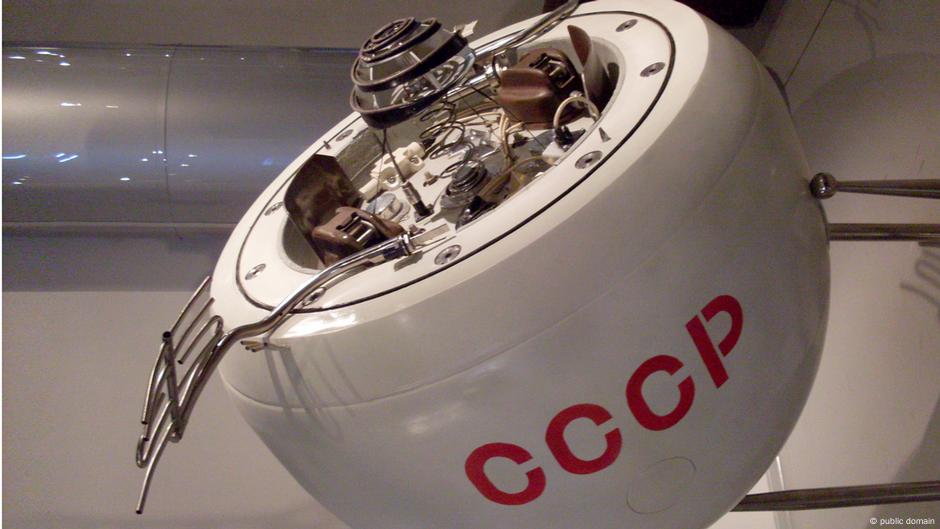Hey friend. Calling the Venera probes “junk” is selling them short. The Soviet Venus program pulled off some genuinely insane feats between the ’60s and early ’80s—basically the punch-card era of spaceflight.
- Venera 7 was the first spacecraft to land on another planet and send data back (1970).
- Venera 9 delivered the first photo taken from the surface of another planet (1975).
- Venera 13 survived 450°C heat and 90 atmospheres of pressure in 1982, long enough to send back color photos, audio from the surface, and a full soil analysis. No other country—not even now—has matched that on Venus.
All of this was done with computers running at 100–200 kHz and 8 KB of memory. For comparison, modern smartphones have 3–6 GB of RAM, multi-core CPUs clocking in at 2.5+ GHz, and literally millions of times the processing power. Your phone wouldn’t last five seconds on Venus. Venera 13 lasted 127 minutes.
Despite the harshest planetary environment we’ve ever targeted—900°F surface temps, atmospheric pressure like 3,000 feet underwater, and clouds of sulfuric fucking acid—the Venera program still racked up a list of milestones:
- First data from another planet’s atmosphere (Venera 4, 1967)
- First successful planetary landing (Venera 7, 1970)
- First photo from the surface of another planet – Venera 9
- First color image and audio from another planet (Venera 13, 1982)
- First soil analysis from Venus (Venera 13 again)
Here’s how their success rate compares to other space programs:
| | | | | | |
|---|
| Program | Missions | Successes | Failures | Success Rate | Notes |
| Soviet Venera | 28 | 15 | 13 | 54% | First landings, first photos, audio, and soil data from Venus |
| NASA Venus (Mariner) | 5 | 3 | 2 | 60% | All flybys—no landings |
| NASA (modern planetary) | Many | 75–85% | Varies | 75–85% | Achieved after decades of experience and tech refinement |
| SpaceX (Falcon era) | 300+ | 98% | Few | 98% | Mostly low Earth orbit and ISS missions, not planetary landings |
SpaceX has incredible reliability, but they’re launching commsats and resupply capsules—not trying to drop hardware onto a planet that eats spacecraft for breakfast. NASA has never returned data from the surface of Venus, not ever, despite multiple attempts. Mars is a far easier target in every possible way, and it still took decades to achieve consistent success.
Lest you think Venera’s 54% success rate was a sign of failure — it wasn't — it was a sign of pushing the boundaries of what was possible. They were first. They were bold. And they made history with kilobyte-level hardware and pressure vessels tougher than your car’s engine block.
This wasn’t junk. It was triumph.
Visual and audio proof:


